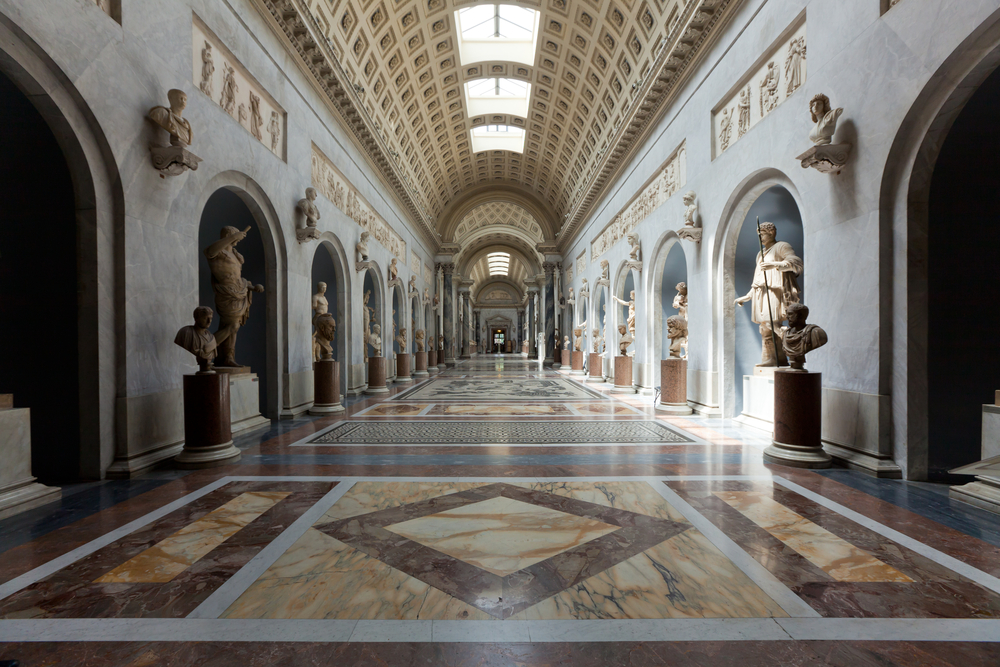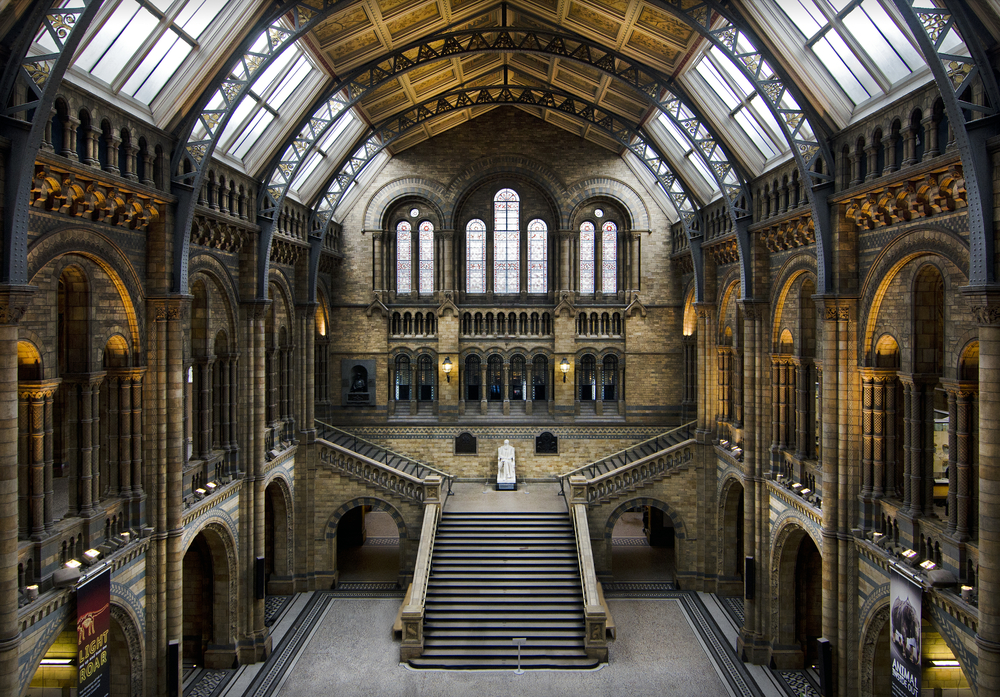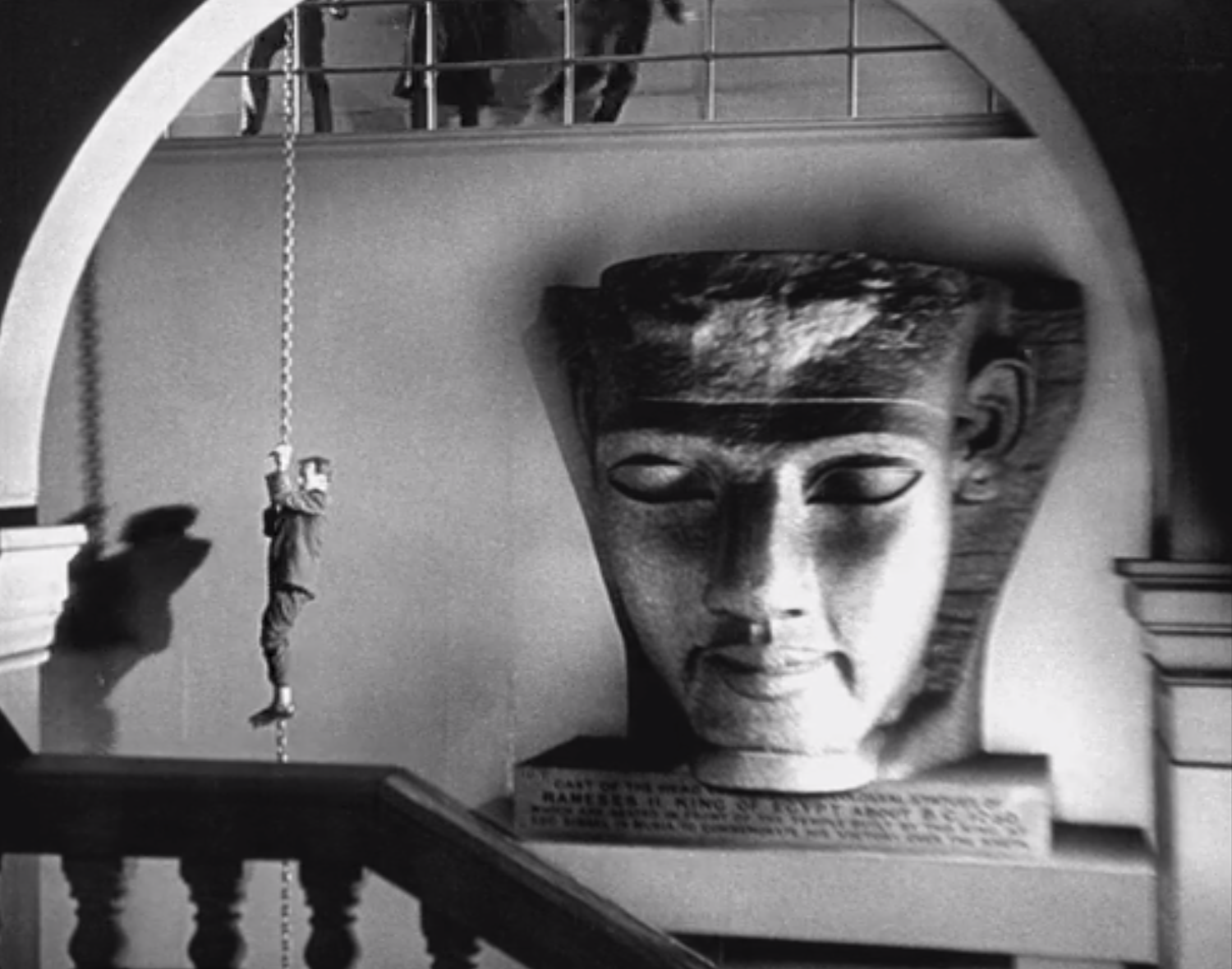The opening before the credits is spine tingling! Paul Scofield plays a Nazi officer who loves art and is taking a train filled with stolen French impressionist paintings from Paris to Germany before WWII ends. Interesting philosophical questions are raised about the role of art in defining a national identity, and the value of paintings vs. human lives.
Stars: Burt Lancaster, Paul Scofield, Jeanne Moreau
Synopsis by IMDB
Nazi Colonel Franz von Waldheim (Paul Scofield) and museum curator Mlle.Villard (Suzanne Flon) are admiring Impressionist and Modernist paintings in the Jeu de Paume, in Paris. She thanks him for protecting the art, but he announces that many of them are now going to be taken to Germany.
Col. von Waldheim goes to the headquarters of General von Lubitz (Richard Munch), which is bustling with staff packing or destroying records and organizing the withdrawal from Paris. Von Lubitz considers the cargo “degenerate art,” but Col. von Waldheim succeeds in getting authorization for a train to transport the art by pointing out that the paintings are “as negotiable as gold, and more valuable.”
Railway Superintendent Paul Labiche (Burt Lancaster) meets in a river barge with Spinet (Paul Bonifas) to receive the latest instructions from London for the railwaymen working for the Resistance. His last two remaining compatriots are also there: Didont (Albert Rémy) and Pesquet (Charles Millot). Spinet tells them they are asked to delay departure of an armament train by ten minutes so that it will be caught in the saturation bombing of the yard at Vaires at 10:00 o’clock.
Then he introduces another request. Mlle Villard wants the art train stopped. Labiche refuses to “waste lives” on such a project. Mlle Villard shocks even herself when she blurts out: “But they wouldn’t be wasted.” Didont is sorry they can’t help her. He asks hopefully: “Don’t you have copies of them?”
Short of locomotive engineers, Labiche reluctantly decides to assign his aged mentor Papa Boule (Michel Simon) to drive the train taking the art to Germany. In a café, Boule is disappointed not to be given something “important.” When told what his cargo is, the art doesn’t mean much to him, but he remembers fondly a girl he knew who was a model for Renoir. He muses about “the glory of France,” and asks for his change in franc pieces.
The art train is waiting for darkness before departing, when Gen. von Lubitz calls Col. von Waldheim to rescind authorization. Von Waldheim tells him the train has already left, then orders the train under way immediately.
In the yard at Vaires, Pesquet is driving the armoured locomotive for the armament train, and Labiche is supervising in the switch tower. They both create delays. Major Herren (Wolfgang Preiss), overseeing the operations, calls the switch tower in a fury. The camera zooms in on his wristwatch, which reads 10:00 o’clock, and the air raid siren starts.
The railway yard is heavily bombed, and the armament train is destroyed. Labiche sees Papa Boule driving the art train through the conflagration. He signals him to stop, but Boule is determined to barrel on through in heroic fashion.
The train stops at Rive-Reine. Boule has blocked an oil cup with a franc piece, and a main rod bearing has failed, so the engine must return to Vaires. There Maj. Herren finds the oily franc piece in Boule’s pocket. Despite Labiche’s promise to repair and deliver the engine himself, von Waldheim has Boule executed.
Returning the locomotive to the train in daylight, Pesquet and Didont tell Labiche they want to stop the art train, because “Papa Boule wanted it that way.” They are fired on by a lone Spitfire, and narrowly escape by racing into a tunnel. Shaken, Pesquet says this has to be his “last job.”
At Rive-Reine, von Waldheim commandeers Labiche to drive the art train, and sends him to the hotel to rest up until nightfall. Pesquet sets fire to a truck so Labiche can get to the station to make arrangements for sabotage at stations up the line. Since he has to kill a German sentry, he ties up Jacques the Stationmaster (Jacques Marin) so he can claim innocence. Still, Jacques is beaten until he gives a fake description of the supposed saboteur. Labiche gets back to the hotel just as the Germans arrive to look for him, but the hotel owner, a widow named Christine (Jeanne Moreau), convinces them he has been eating in her kitchen.
That night, Labiche (with Didont as fireman) drives the train towards Germany. Each time they pass a station, officers riding in a coach at the tail end cross off the name on a map. At Metz there is apparent bomb damage, and the train is diverted south. At every succeeding station a fake sign is displayed. The train stops at Commercy, where the Germans telephone von Waldheim to reassure him that they have reached St. Avold, the last station before they cross into Germany. In fact, they have gone back west on another line, and are almost back at Rive-Reine.
Jacques and an engineer create a derailment at Rive-Reine. Just outside the town, the art train passes a train waiting on a siding, which then begins following, driven by Pesquet. Labiche and Didont throw their German guard from the engine, uncouple from the train, open the throttle wide, and jump. Labiche is wounded in the leg. The locomotive speeds into the engine already derailed, creating a tangled mess. The rolling train crashes into the engines. Pesquet jumps from his engine, but he is shot running away. His train slams into the rear of the art train. Labiche takes refuge in Christine’s cellar. Jacques (and others) are executed. Christine bemoans “the cost.”
Maj. Herren supervises the clean-up of the wreck. He and von Waldheim hear artillery in the distance: the Germans firing on the advancing Allies.
Labiche and Didont meet with Spinet that night. Labiche is tired of waiting for the Allies, and is ready to “blow it up,” but Didont says they must save the train because of those who have already died for it. Spinet tells them that London wants the train to be marked so it won’t be hit by bombers. They are to paint the roofs of the first three cars white. Jacques’ nephew Robert (Christian Fuin) says he can organize it.
Robert sets off the air raid siren at the station, and work lights are extinguished. Men scramble onto the train and spread paint. Robert is discovered and the lights turned on. Von Waldheim shoots him. The paint is discovered, and Didont is killed.
In the morning, workers scraping the white paint are interrupted by an air raid. When the bombers pass harmlessly over the train, von Waldheim realizes the significance of the paint, and says, “Leave it! Its my ticket to Germany.” He knows he can safely run the train in daylight.
Up the line, Labiche plants an explosive charge under one rail. As the train approaches, he sees that von Waldheim has placed hostages on the locomotive. He is forced to blow the track well before the engine reaches it, giving the driver time to stop before only the first pilot wheel comes off the rail. Maj. Herren organizes the re-railing, and tells von Waldheim to send soldiers ahead to keep Labiche away from the tracks for the next few miles.
Labiche struggles to get well ahead of the soldiers, and has just enough time to remove rail anchors and wedges along one rail length. Maj. Herren, riding the front of the engine, does not see the damage soon enough to stop the engine from coming off the rails. He tells von Waldheim it will now be impossible to continue.
An army convoy passes by on the highway adjacent to the tracks. Von Waldheim steps into the road to stop the traffic, and orders the retreating soldiers to begin loading the paintings onto the trucks. The Major in charge of the convoy countermands von Waldheim’s order, for the sake of his men. Maj. Herren convinces von Waldheim that they have lost. He and the others will join the convoy, but just before they leave, the sergeant signals a machine gunner to execute the hostages.
Von Waldheim remains, alone. When the convoy has passed by, Labiche comes out of the bullrushes and finishes shutting down the engine. Then he sees the bodies of the hostages. He climbs off the engine, and is startled by von Waldheim, who claims such great art will always belong to people who can appreciate it. Labiche looks to the dead hostages and guns him down. As he walks away, the abandoned crates of art lie askew, juxtaposed with the crumpled bodies of the numerous dead.
IMDB: https://www.imdb.com/title/tt0059825/


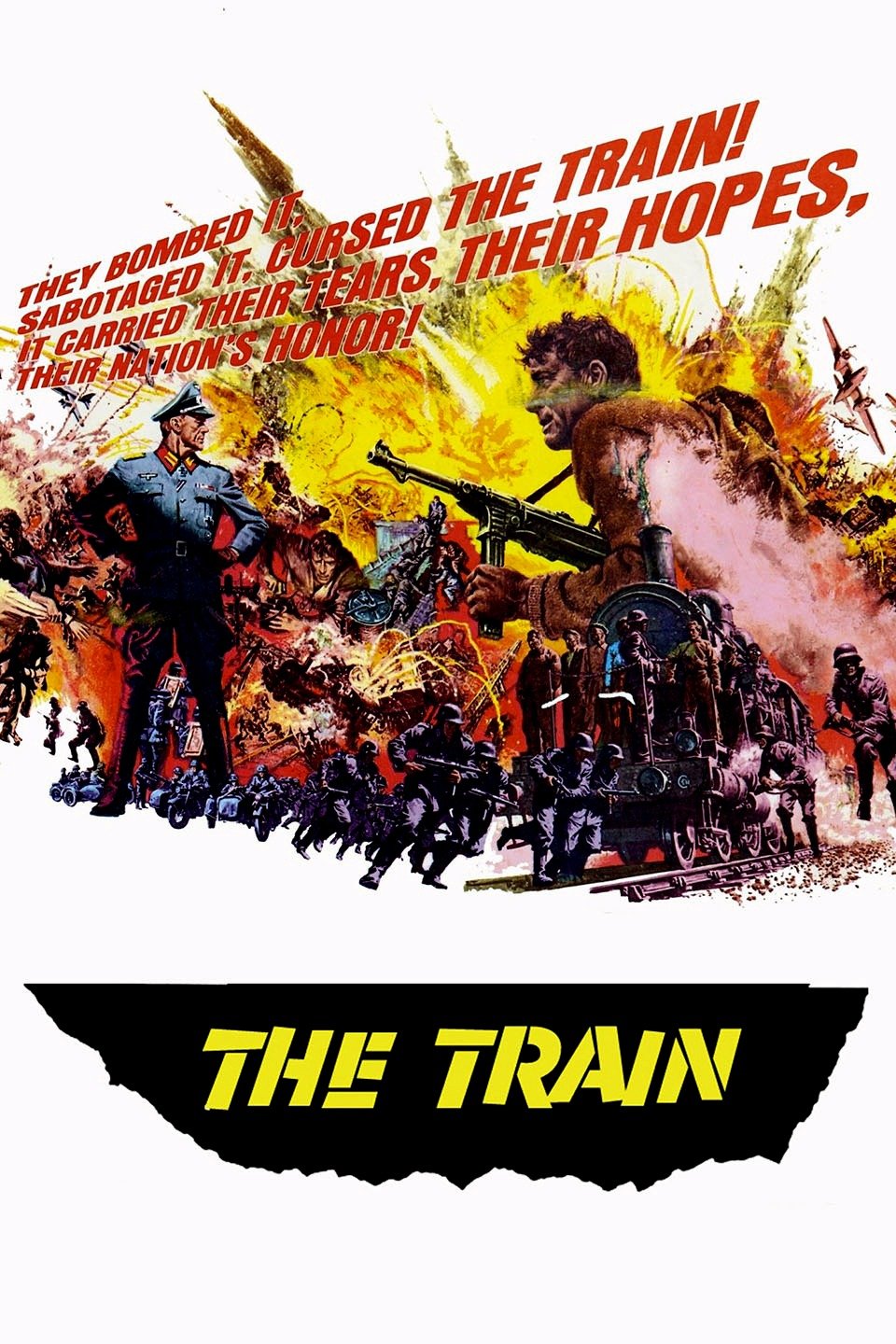
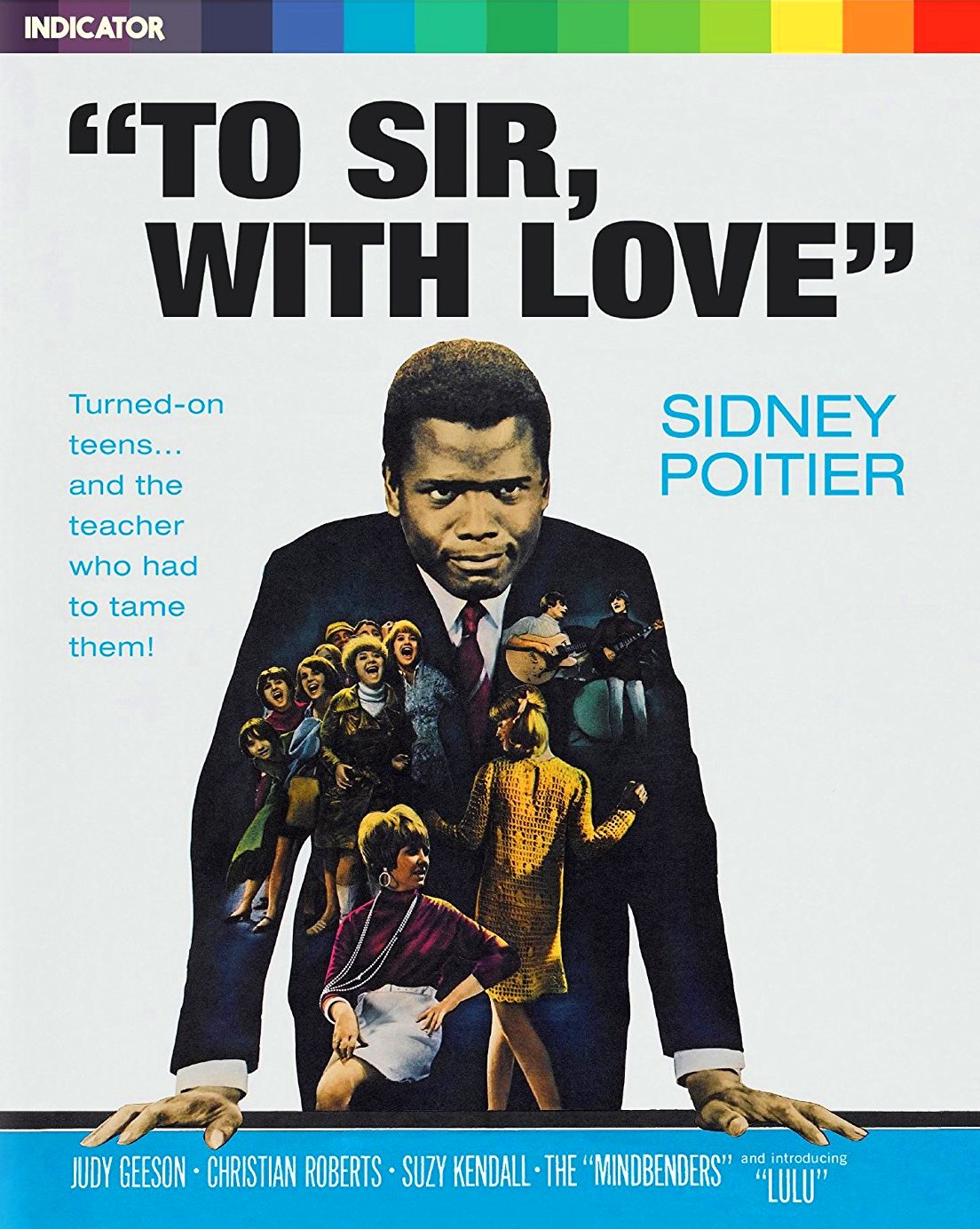
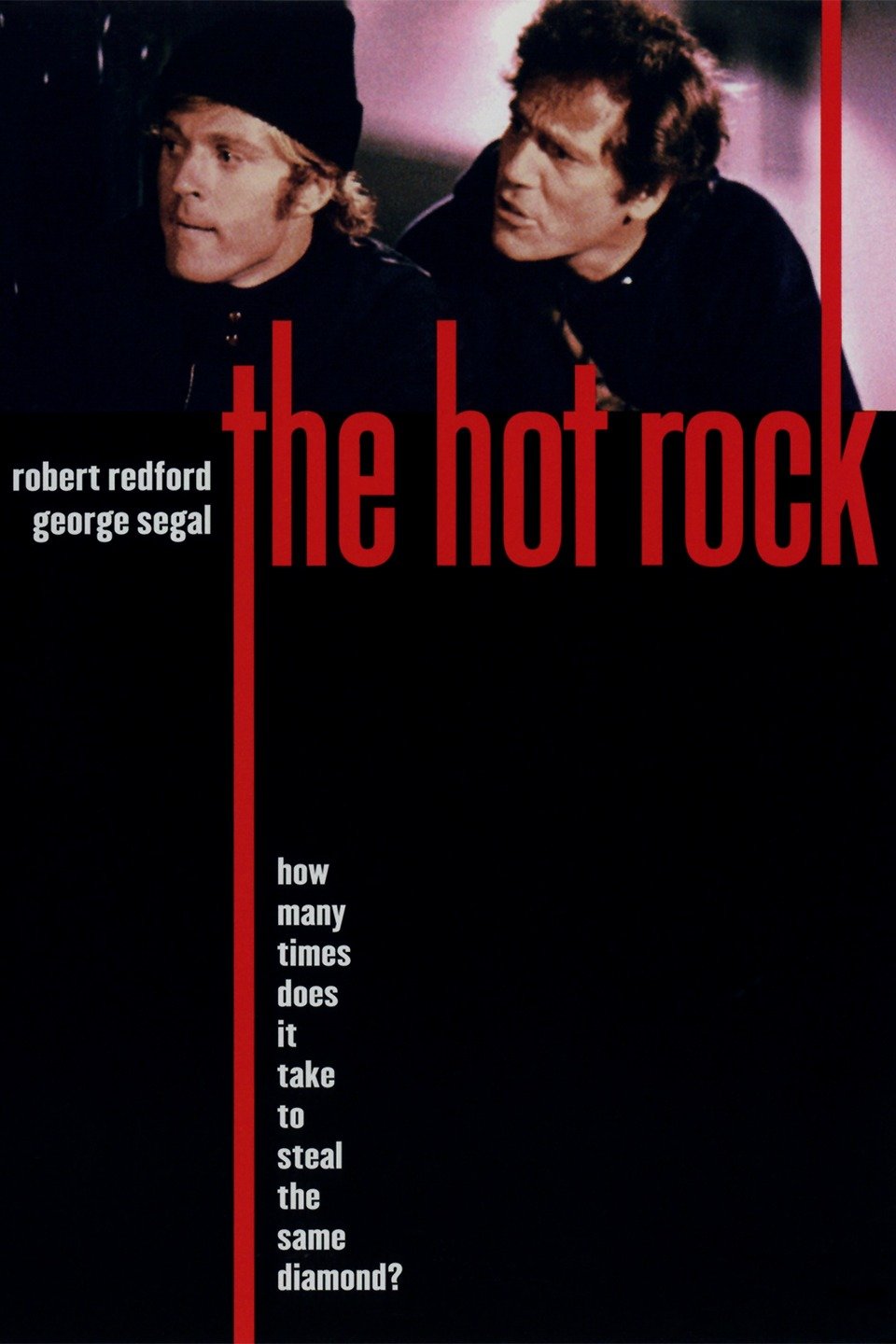
 Mary Malloy is the author of both historical novels and non-fiction history. She has a Ph.D. from Brown University and infuses her books with well-researched details and richly textured writing. As a teacher and writer, she works to bring the past alive by exploring the lives of both ordinary and extraordinary people.
Mary Malloy is the author of both historical novels and non-fiction history. She has a Ph.D. from Brown University and infuses her books with well-researched details and richly textured writing. As a teacher and writer, she works to bring the past alive by exploring the lives of both ordinary and extraordinary people. 